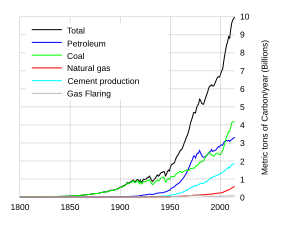We have a low-tech, safe, readily employed and easily maintained way to lock carbon out of the atmosphere
Tiny microbes are at the heart of a novel agricultural technique to manage harmful greenhouse gas emissions. Scientists have discovered how microbes can be used to turn carbon dioxide emissions into soil-enriching limestone, with the help of a type of tree that thrives in tropical areas, such as West Africa.
Researchers have found that when the Iroko tree is grown in dry, acidic soil and treated with a combination of natural fungus and bacteria, not only does the tree flourish, it also produces the mineral limestone in the soil around its roots.
The Iroko tree makes a mineral by combining calcium from Earth with CO2 from the atmosphere. The bacteria then create the conditions under which this mineral turns into limestone. The discovery offers a novel way to lock carbon into the soil, keeping it out of the atmosphere.
In addition to storing carbon in the trees’ leaves and in the form of limestone, the mineral in the soil makes it more suitable for agriculture.
The discovery could lead to reforestation projects in tropical countries, and help reduce carbon dioxide emissions in the developing world. It has already been used in West Africa and is being tested in Bolivia, Haiti and India.
via Science Daily









